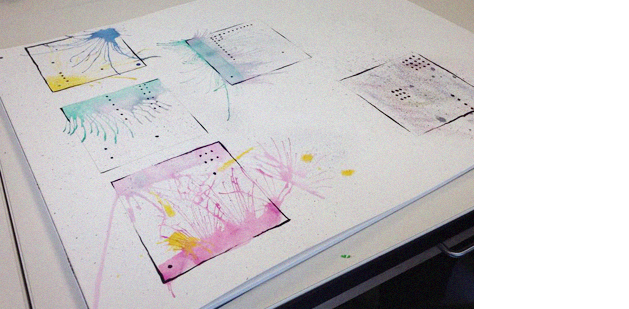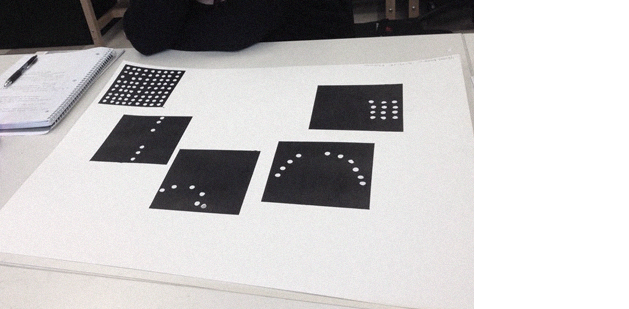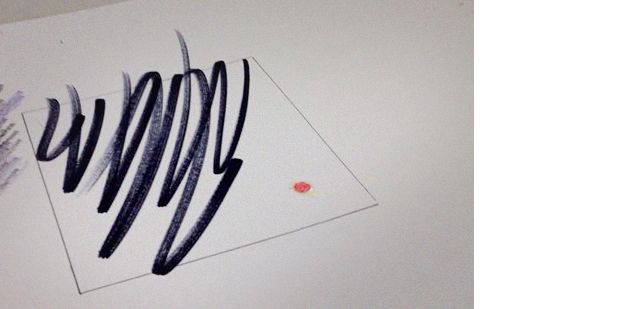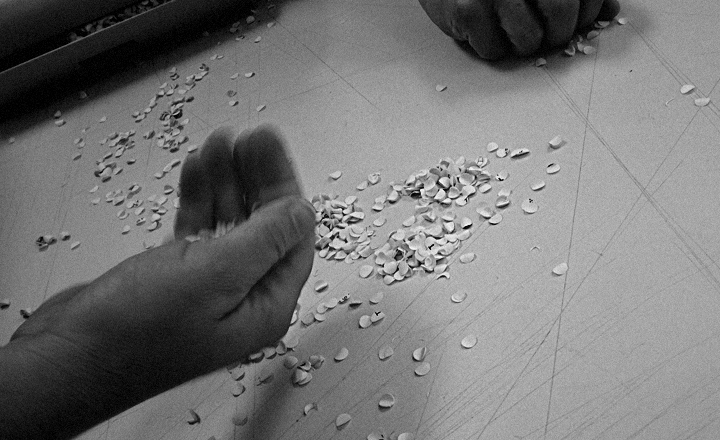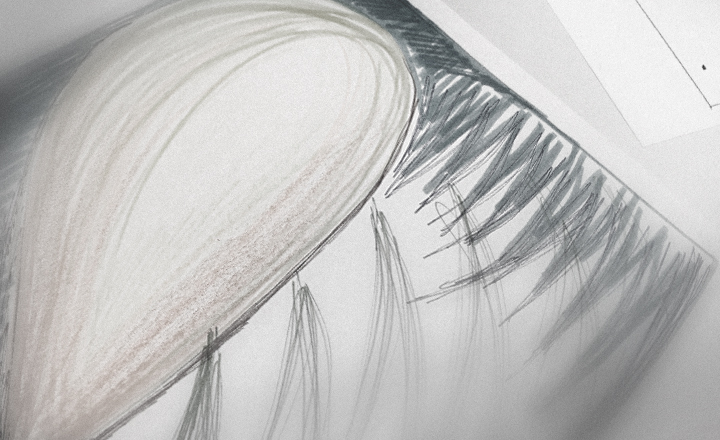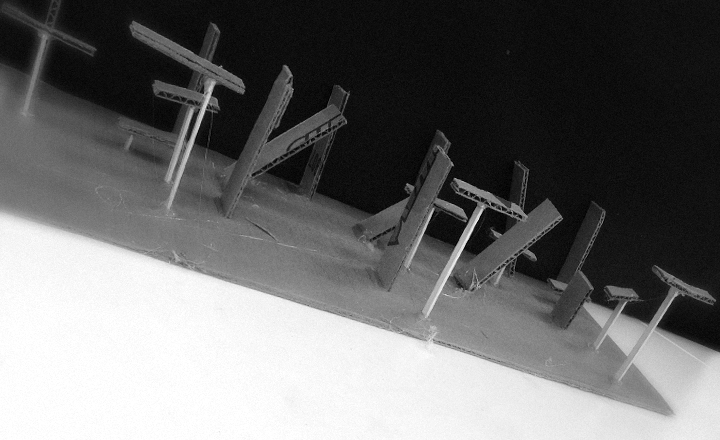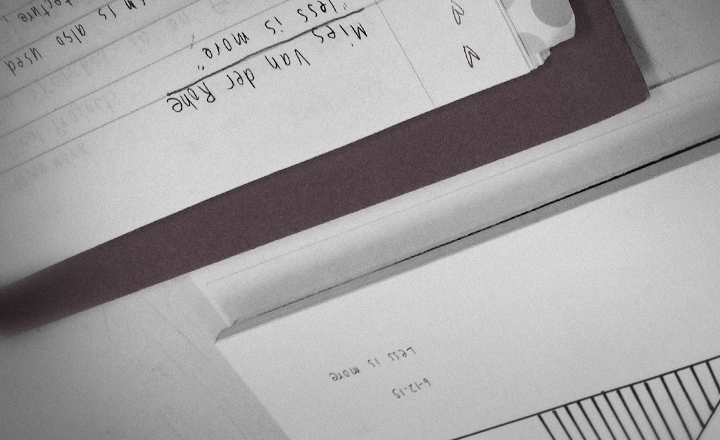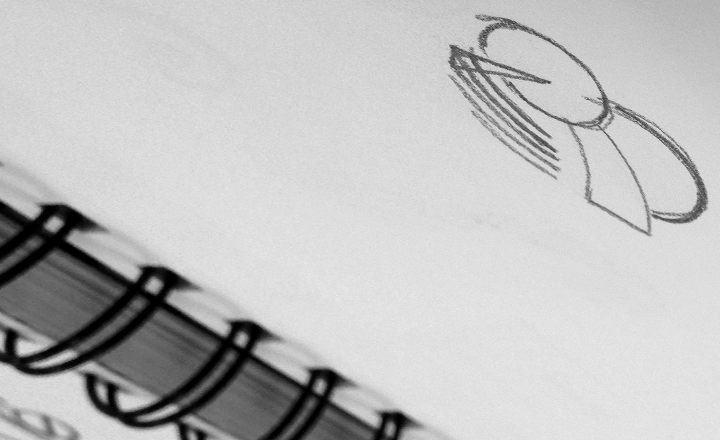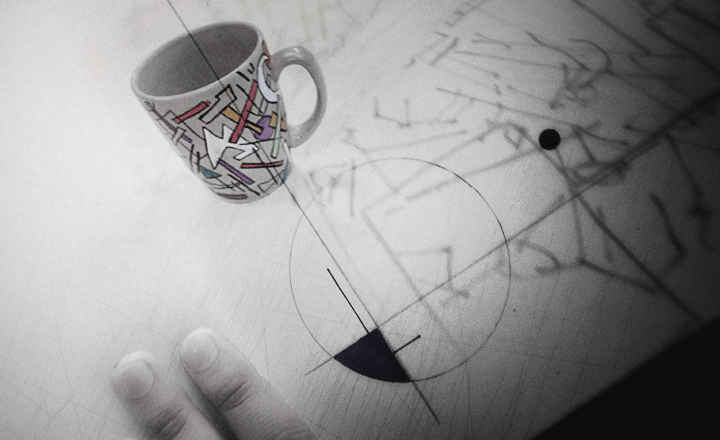‘I’m paying 80 thousand dollars, critique the hell outta me.’
This week I introduce to the class how critiques work.
I mention that Project Runway made it possible for me to give real critiques. Before we jump in, we discuss how the crit will go and what to expect.
I ask what they already know about crits: ‘You insult us and we have to put up with it’ and ‘well, there is the sandwich method – which says nice stuff with the tough stuff in the middle.’
I refer to the sandwich thing as really nice bullshit with a connecting word – such as ‘but’ or ‘however’ – and then the blunt stuff.
Things like you did this wrong and I don’t know what I’m doing come up. These are not concepts that I see as part of my critiques. Negativity connected to critiques, I mention, sort of messes with the whole process. Critiques are about taking what you did – and making it better. Not ruining someone’s life. (Though I have had past students who would disagree with this)
And barometer for crits: Perfection. If your work isn’t perfect, I’m gunna say something. And since perfection typically isn’t attainable – I’m probably going to have something to say most of the time.
The idea is to constantly improve yourself. And my approach to teaching: I give students a problem and materials to help with coming up with a solution, then they solve it. No input from me, they have the tools and the brains. And we critique the result.
Also: I mention my ban on the concept of ‘I like it’ as a rationale for student work – in all my classes, ‘If you’re going to ever get your work approved, crafting a well-thought out argument (premise with supports) works a lot better than your personal likes and dislikes.’
Then we jump in to the crit and the results are a bit typical for this course. The homework was: Build TENSION using points, with the extra caveat that students can use other elements that aren’t points.
candy coating
Humans do love to rebel, so we ended up with a bunch of pieces where the students focused on other elements that aren’t the actual points.
I refer to the one (above) as candy coating. The points are there and resemble what was shown in my slides (from the Hofmann book) then the student concentrated on building TENSION with additional form. Not points (and we then talked about using something else when one’s concept isn’t sound).
Another student OCD’d her piece and the result was very organized: The anthesis of TENSION though.
Eventually I settled on one box that was the closest to TENSION:
And the one that had the MOST TENSION was LINE-based, the point seems calm in comparison.
Turned out this piece was done while a family argument was taking place. And that’s where the scribble came from. Anger, frustration.
We talked about how this became an honest piece. And how good art is honest. And how we can relate to this, which makes it real.
conformity
Another element to discuss is how many students came up with something expected. And how our education sets us up for this. We talk a bit about Henry Ford and his stubbornness (as referenced in Genius of Design).
I mention how what I’m really teaching is not conformity but divergent thinking. And this leads into Sir Ken Robinson’s Changing Education RSA Animate:
Oh. There’s this too:
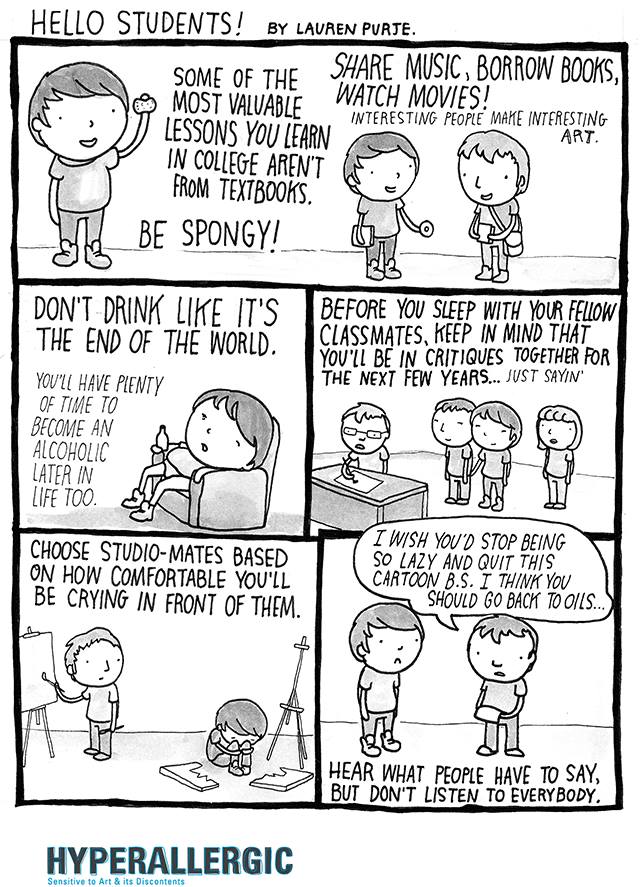

Bauhaus by Frank Whitford
Thames & Hudson, ©1984, ISBN 978–0500201930
introducing the bauhaus
I bring in my history lecture on the Bauhaus – and for a quick overview, check out the first section of the Frank Whitford book (above, a quick read).
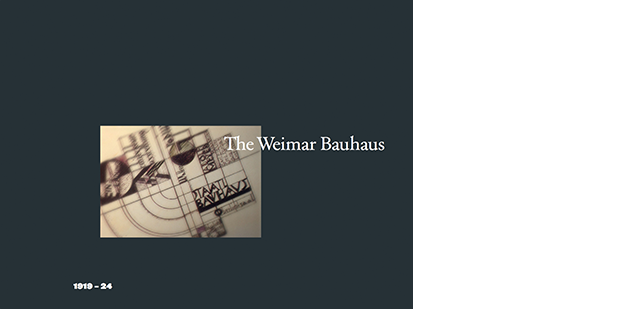
I work my way through the post-WWI political and social elements that brought Walter Gropius (1883–1969) to Weimar – and how he set up a new educational system (referencing Waldorf; and it turns out I have a former Waldorf student in class):
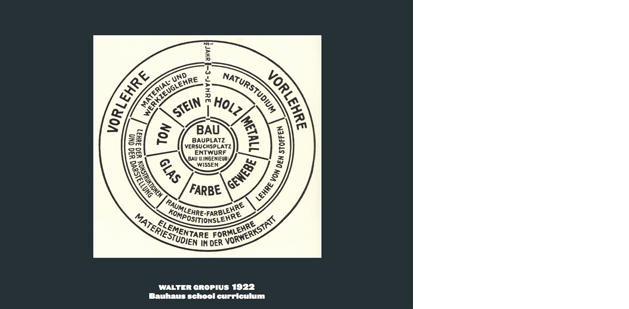
At the Bauhaus, masters replace professors (based on the medieval European guild system) (sort of experimental, like Zappos, but totally different), students work at their own pace, through beginning studies – eventually finding their fit after trying a bit of everything. This sets up what and why of our own class.
I then make my way to The Vokurs (preliminary course) and personality of its master, Johannes Itten (1888–1967).
This is followed up with more slides from my Point Line and Plane talk (focusing on Line).
This leads to (homework):
Itten LINE ASSIGNMENT
Research the work of Johannes Itten (1888–1967) – color theory and beyond.
Create five 5x5 inch squares.
With inspiration from Itten’s work, show IMBALANCE and ENERGY.
Plus, READ Design Basics Chapter 2, pages 28–39
Find online and watch
Genius of Design Episode 2: Design for Living [BBC]
We continue on Friday.
—steve mehallo
Last year, FLOMM founder Steve Mehallo rebuilt a design fundamentals course into a five week study of theories and work done at The Bauhaus (1919–33). This BAU blog series will document the latest teaching of the course – with lesson plan – Summer 2015 to a group of 8 college students. What’ll happen, who’ll shine, who’ll drop. Names (and some situations) have been changed to protect the innocent as well as the guilty.
co
nti
nue
read
ing —
forward to BAU3 • • •
· · · back to BAU1
PLEASE SUPPORT FLOMM
TIPS + DONATIONS DISCREETLY ACCEPTED







